SUMMARY
This is AI generated summarization, which may have errors. For context, always refer to the full article.
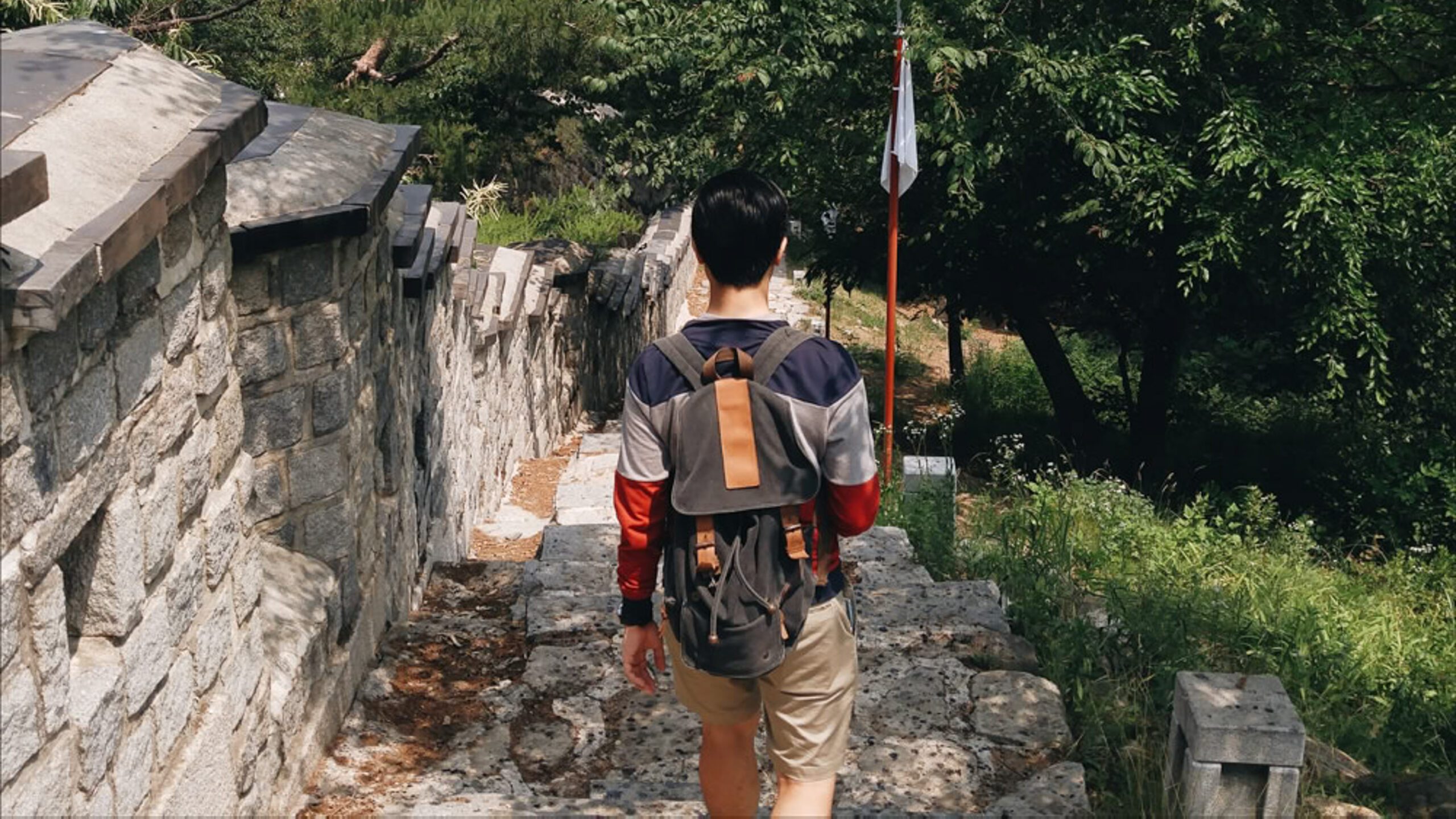
No city is without history, but not all cities honor that history equally. I keep coming back to Seoul, with its centuries-old palaces holding their ground amid futuristic new skyscrapers, the upstarts never forgetting where they came from.
If you enjoy that blend of the old and new in South Korea’s capital, you’ll enjoy Suwon City as well – a historical wonder that’s a mere subway ride away from Seoul. (READ: South Korea beyond Seoul: The Garden of Morning Calm)
Suwon at a glance
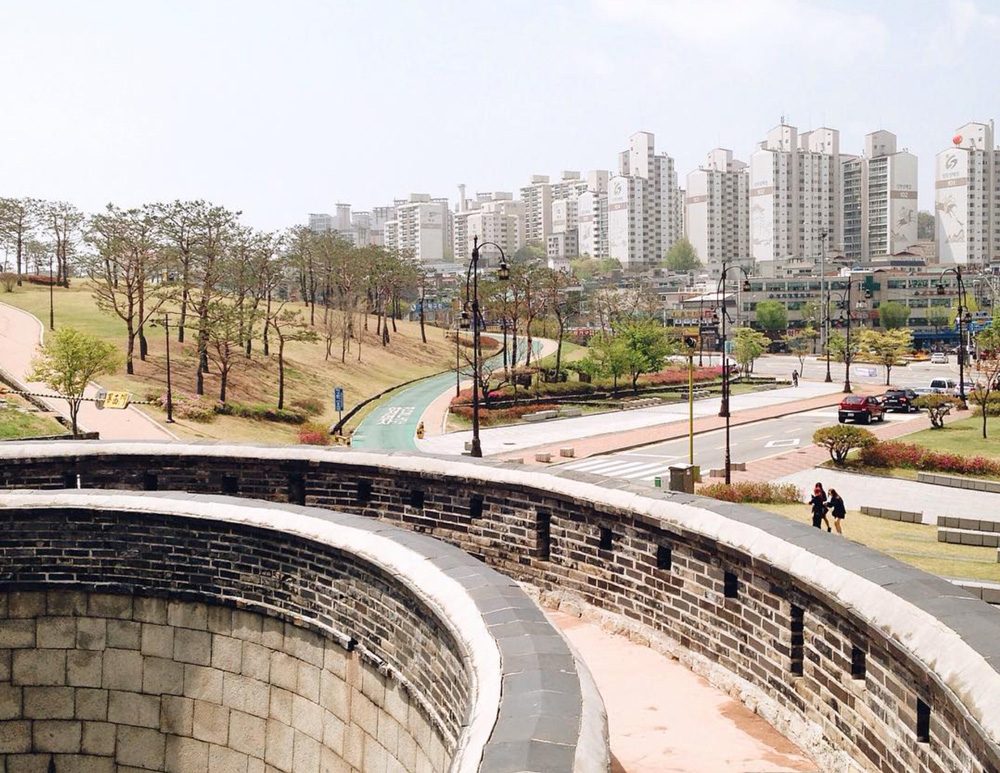
Gyeonggi Province wraps itself around Seoul, its name literally meaning “the area surrounding the capital.” Suwon, meanwhile, is the capital of Gyeonggi Province.
In the late 1700s, King Jeongjo undertook a massive project to restore the honor of his father, the Crown Prince Sado. He had been executed under the orders of King Jeongjo’s own grandfather after reports of the Crown Prince’s erratic, violent behavior. To this day, scholars debate whether the Crown Prince suffered from mental problems or was a victim of a conspiracy by his political opponents.
King Jeongjo relocated his father’s tomb to Suwon, constructed a fortress around the city, and attempted to make it the capital of his kingdom. The king’s elderly mother, Lady Hyegyeong, was finally allowed to visit the remains of her late husband. For this, Suwon is also called “The City of Filial Piety.”
What to do
- Hike along Hwaseong Fortress (UNESCO World Heritage Site)
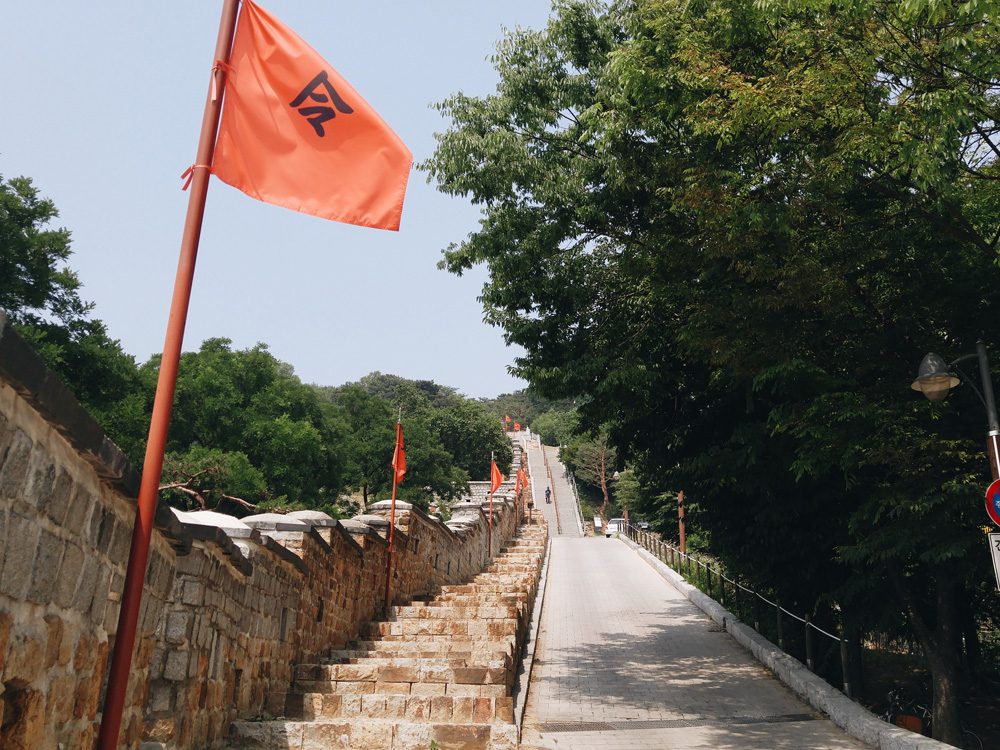
Though King Jeongjo ultimately didn’t succeed in turning Suwon into the capital of his kingdom, Suwon endures as the only remaining completely walled city in South Korea. Today, the 5.7-kilometer stretch of fortress walls are a popular destination both for foreign travelers and for locals clocking in some exercise.
The trail starts with a grueling stairway, but once you’ve gotten past that, it evens out into a breezy walk above the city. Along the way, detailed signs mark each of the architecture and engineering feats that made Suwon Hwaseong the kingdom’s most innovative fortress at the time.
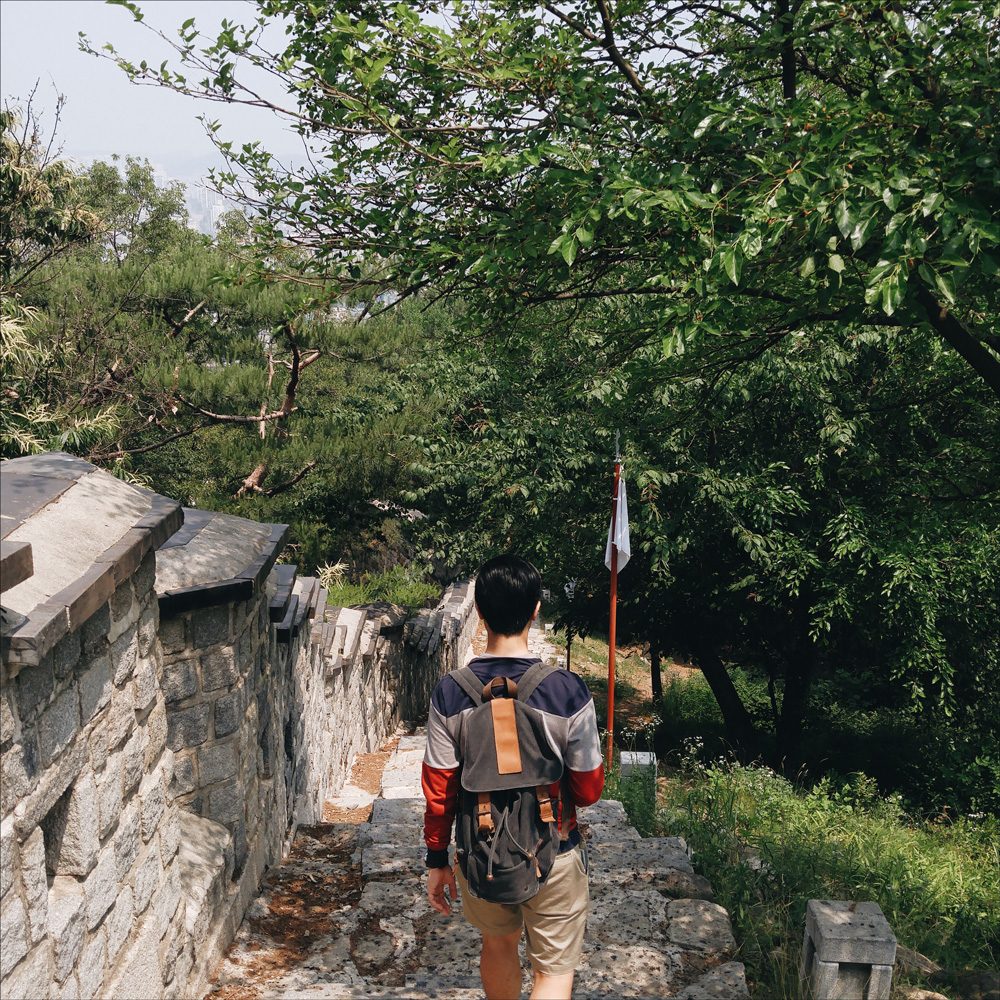
Keep an eye out for the Janganmun double gate, which is the largest of its kind in South Korea – part of King Jeongjo’s plan to elevate Suwon City to capital status. You can also drop by the Hwaseong Haenggung, a temporary palace for royal visits that is likewise the largest of its kind.
Entrance fee: 2,000 KRW (P88.15) for adults / 700 KRW (P30.85) for teenagers / 500 KRW (22.04) for children
- Fuel up on Suwon’s famous galbi
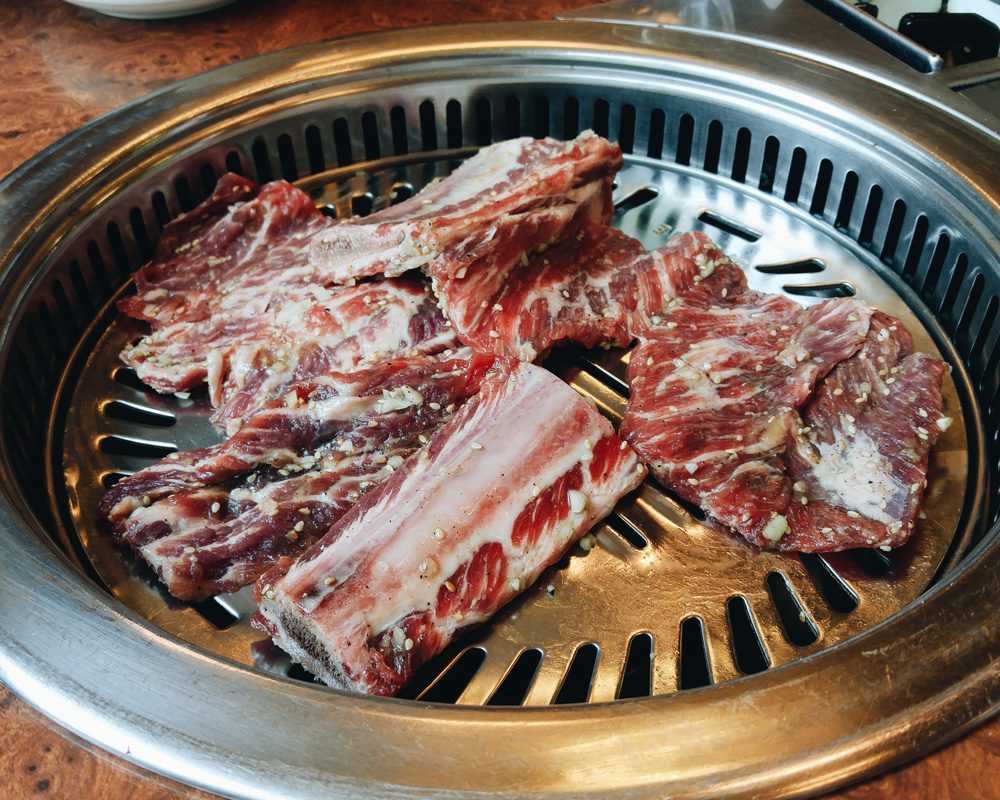
Suwon’s specialty is not just one dish but an entire cut of meat: galbi (short ribs), and the many ways to enjoy it. When you reach the Hwahongmun, the fortress’ north water gate with 7 arches, you’ll have reached the halfway point of your hike. Yeonpo Galbi is the perfect rest stop, right beside the gate.
Try their galbi jeongsik (20,000 KRW or P881.48 per person), a hefty set meal with marinated galbi grilled at your table, beef and soybean stew, salad, and a table full of banchan (side dishes).
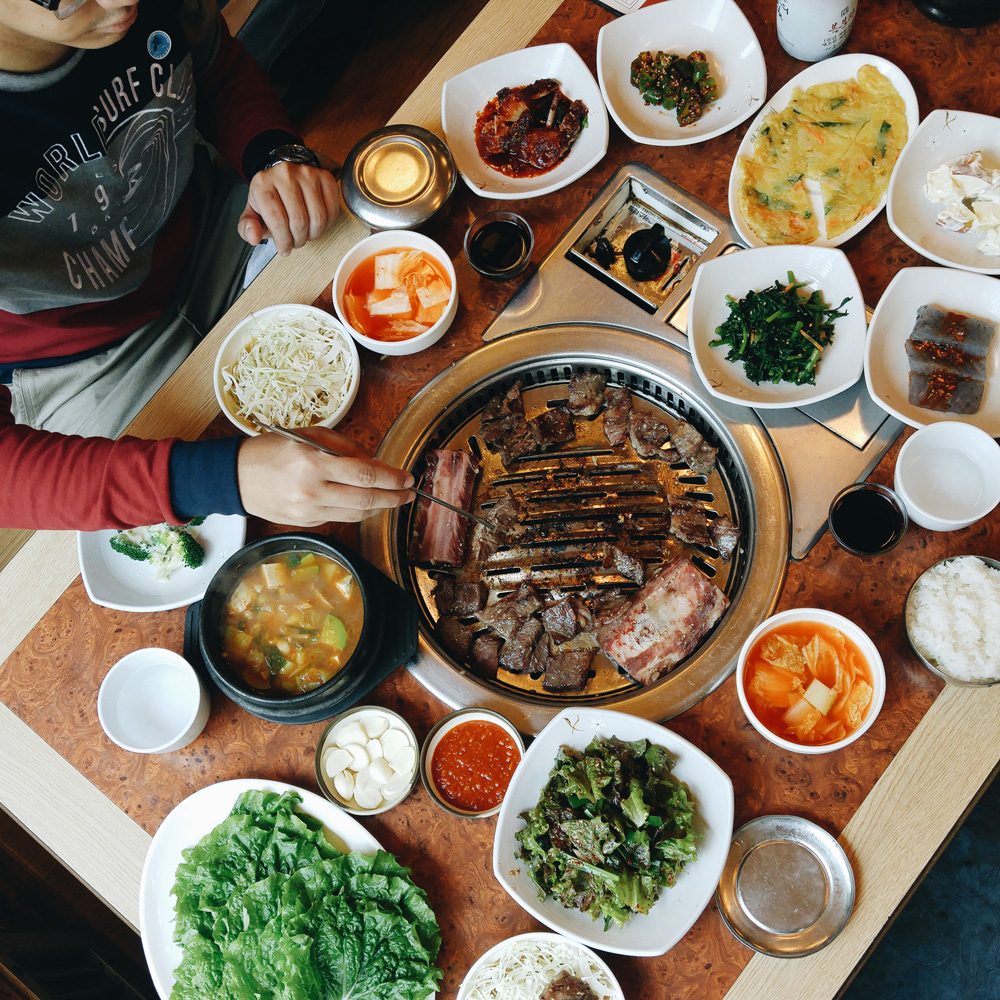
If you’ve still got space after that, order some galbi-tang, a traditional clear stew with galbi, onions, radishes, and noodles. The first time we tried it, we were surprised – it tasted like the Philippines’ nilagang baka!
- Visit the Suwon Hwaseong Museum
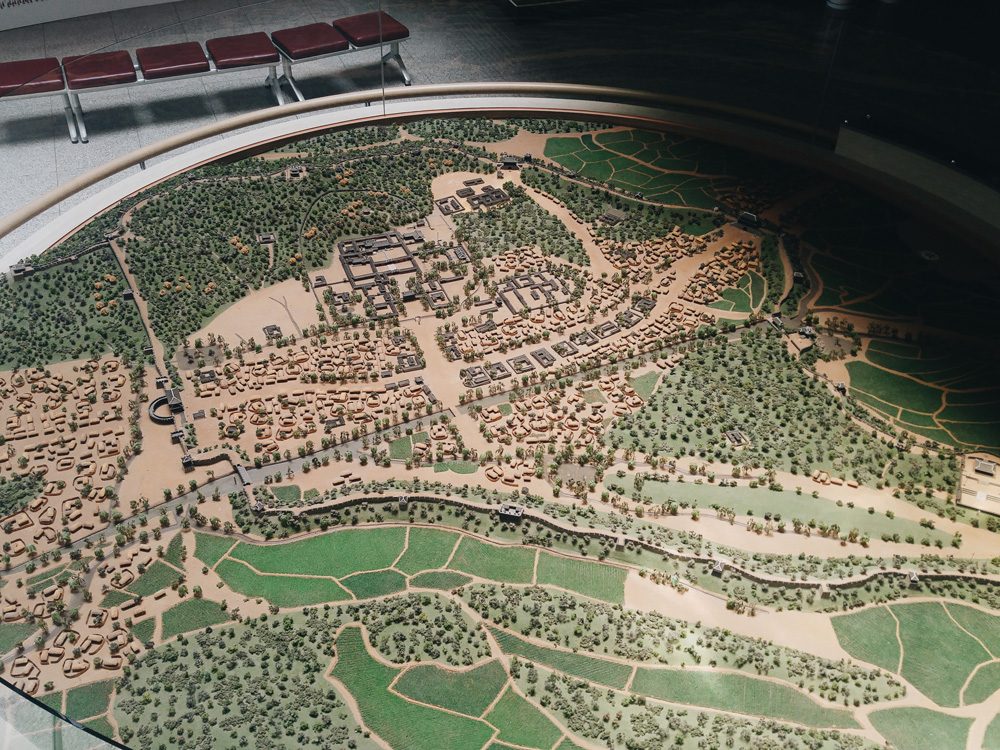
If you’re spending the whole day in Suwon and having lunch at Yeonpo Galbi, delay your return up the hiking path and take a 5-minute walk instead to the Suwon Hwaseong Museum.
The detail-obsessed museum brings the fortress to life through colorful dioramas showing how the walls were built and what daily life was like for the settlement inside them. There are also replicas of the swords and crossbows used by Joseon Dynasty troops.
Entrance fee: 2,000 KRW (P88.15) for adults / 1,000 KRW (P44.07) for teenagers / free for children and senior citizens. Free audio guides are available in English, Chinese, and Japanese.
- Try your hand at traditional archery
If you choose to continue hiking along the walls, you’ll soon come to another rest stop. Yeonmudae Post was once the training grounds for swordsmen, archers, and spear warriors. Today, the grassy field is an archery range where you can try your hand at shooting with a traditional bow and arrow.
Activity fee: 2,000 KRW (P88.15) for 10 arrows
When to go
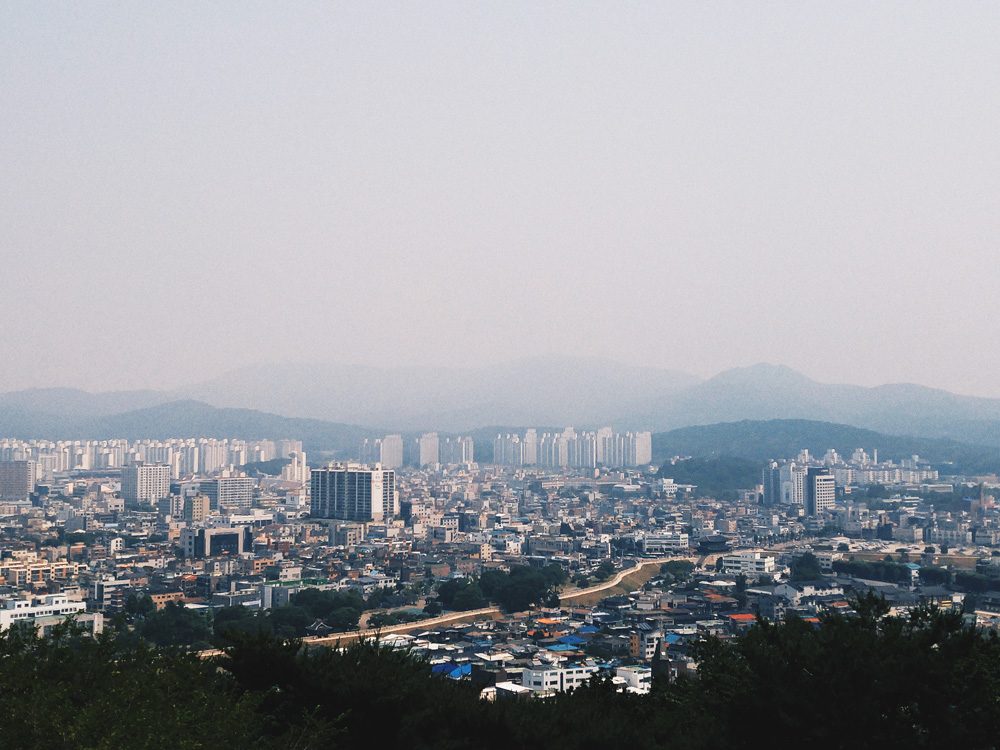
Plan your trip any time from spring to autumn (March to November in the Philippines), when the Suwon Hwaseong Cultural Festival takes place every year. The park is open in the winter, though the snow makes the hike more tiring.
Time your trip so you arrive at Suwon by 9 am if you’d like to make the most of the day. It will take the whole day to complete the fortress trek and visit the museum at a leisurely pace. Pressed for time? Trek up to Hwahongmun Gate, have lunch, visit the museum, and skip the rest of the hike – you can finish by 2 pm.
How to get there
-
Suwon is just 30 kilometers from Seoul. Take the subway to Suwon Station (Line 1). Keep in mind that Line 1 trains may fork off into different directions, so make sure you’re looking at the signs above the doors while you’re still on the platform. You should be getting on a train headed in the direction of Suwon or Sinchang. This takes around one hour and is the cheapest way to go.
-
Alternatively, you can take a non-stop Nooriro train to Suwon that’ll get you there in less than 40 minutes – and with more comfortable seats. Head to Seoul Station (Line 1) and look for the KoRail ticketing center on the ground floor. Tickets to Suwon cost 2,700 KRW (P119).
-
The bus station is right outside the Suwon train station, as is the Tourist Information Center. The English-speaking staff can give you a map of the fortress, recommend a hiking path, give directions for which buses to take – everything, really! Pass by and the rest of your trip will go smoothly.
– Rappler.com

Ceej Tantengco is an NCAA courtside reporter, television producer, and 3-time Palanca Award-winning essayist. As an advocate for gender equality in sports media, she visits schools to discuss how to create better environments for female athletes and female sports journalists alike. Follow her on Twitter, Facebook, and Instagram.
Add a comment
How does this make you feel?
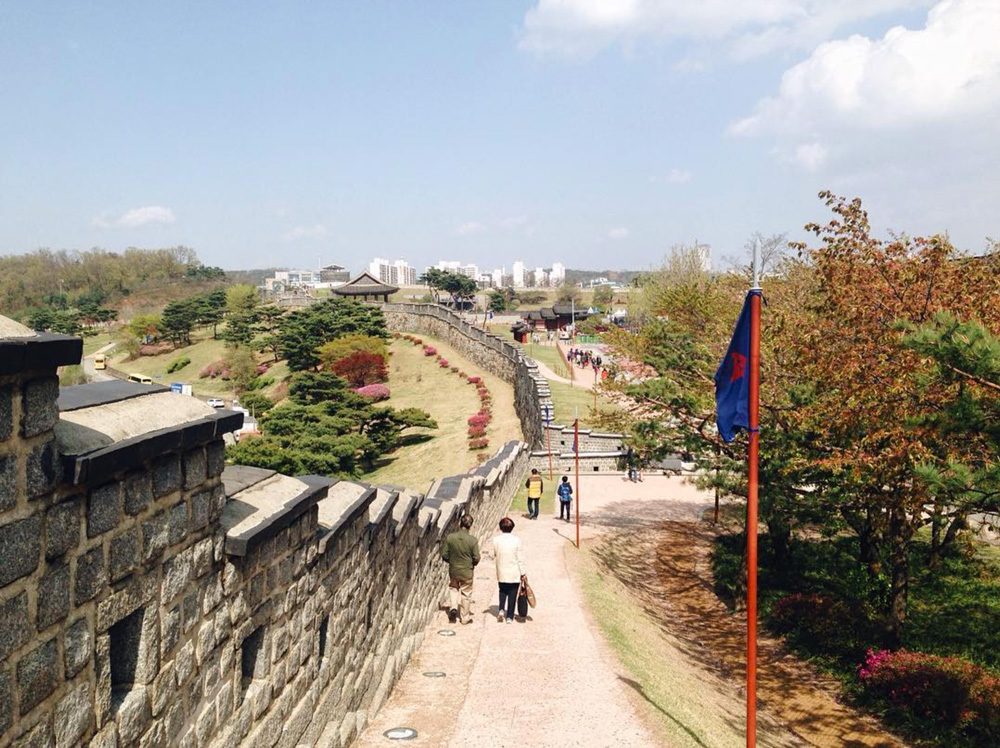
There are no comments yet. Add your comment to start the conversation.